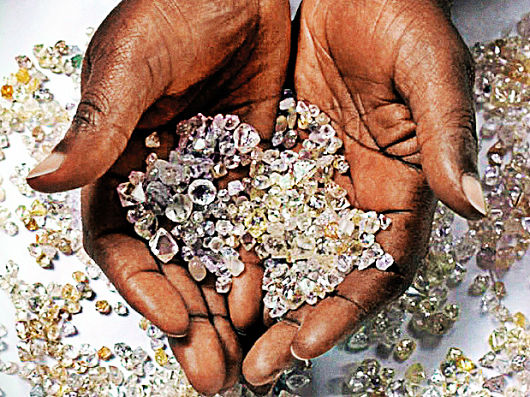Diamonds have long been a symbol of love, commitment, and luxury. But for many years, the diamond trade was unfortunately tarnished by “conflict diamonds” – rough diamonds mined in war zones and used to fund violence by rebel groups.
What is the Kimberley Process (KP) steps in. Established in 2003, the KP is an international initiative that unites governments, civil society organizations, and the diamond industry with a critical mission: to prevent conflict diamonds from entering the mainstream rough diamond market.
Understanding Conflict Diamonds and Their Impact
Conflict diamonds, also known as “blood diamonds,” are more than just a dark stain on the diamond industry’s reputation. They have devastating consequences for people living in war-torn regions. The revenue generated from these diamonds fuels violence, perpetuates human rights abuses, and destabilizes entire countries.
The Kimberley Process was a direct response to this humanitarian crisis. By establishing a certification scheme, the KP aims to ensure that rough diamonds financing conflicts are not traded legitimately.
The Kimberley Process Certification Scheme (KPCS) in Action
The cornerstone of the KP is the Kimberley Process Certification Scheme (KPCS). Here’s how it works:
- Participant Countries: Over 85 countries, representing the vast majority of the global rough diamond trade, are part of the KP.
- Minimum Requirements: Each participating country implements national laws and procedures to ensure conflict-free diamonds. This includes establishing internal controls, import/export regulations, and designated authorities to oversee the KPCS.
- Tamper-Proof Packaging and Certificates: Rough diamonds must be shipped in tamper-evident containers accompanied by a Kimberley Process Certificate (KPC). This certificate guarantees the diamonds originated from a compliant country and are conflict-free.
- Import and Export Controls: Only KP-compliant rough diamonds with a valid KPC can be imported or exported between participating countries. Trade with non-participating countries is prohibited.
The Kimberley Process: Achievements and Ongoing Challenges
The KP has significantly reduced the trade in conflict diamonds. However, challenges remain. The KP is constantly evolving to address emerging issues, such as:
- Stricter Implementation: Ensuring all participants adhere to the KPCS requirements consistently.
- Synthetics and Lab-Grown Diamonds: Integrating these new types of diamonds into the certification process.
- Social and Environmental Impacts: Addressing concerns beyond conflict diamonds, such as ethical mining practices and environmental sustainability.
Choosing Conflict-Free Diamonds: The Empowered Consumer
The Kimberley Process plays a vital role, but consumer awareness is also crucial. By understanding the KP and asking for diamonds with a KPC, you can be part of the solution. Look for retailers committed to ethical sourcing and transparency in their diamond supply chain.
In Conclusion: A Brighter Future for Diamonds
The Kimberley Process is an ongoing effort to ensure lab diamonds represent love, not war. Thanks to this international initiative, consumers can have greater confidence that their diamond purchases are ethically sourced and contribute to a brighter future for diamond-producing communities.

